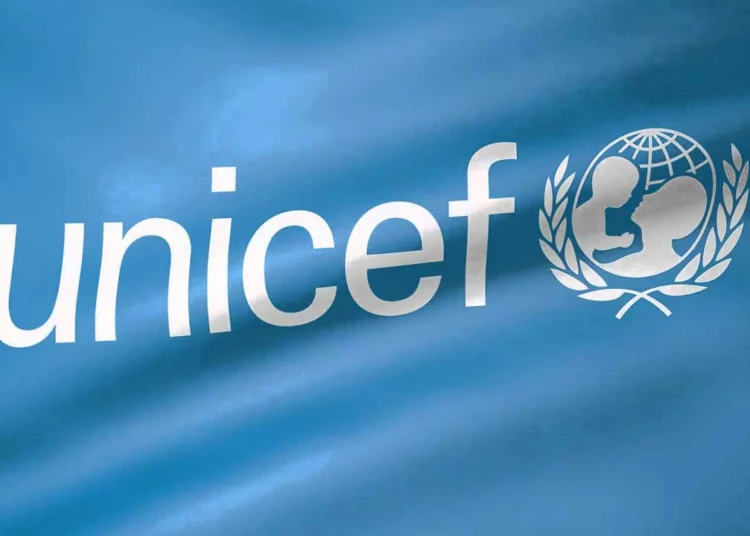United Nations Children’s Fund (UNICEF) has disclosed that only four per cent of the population has access to safely managed sanitation facilities while 53 per cent of the population has access to basic sanitation facilities.
The WASH manager of UNICEF in Maiduguri, Mamita Bora Thakkar made this known yesterday while addressing the press on the activities marking this year’s World Toilet Day.
According to her, “this year, World Toilet Day focuses on the impact of the sanitation crisis on groundwater and inadequate sanitation systems spread human waste into rivers, lakes and soil, polluting the water resources under our feet.”
She said UNICEF was working on average four times faster to ensure everyone has a safe toilet by 2030.
“The time is now, with eight years left to attain the SDGs by 2030, the window for action is rapidly closing.
“Systems strengthening efforts are key to unlocking real progress. However, this problem seems to be invisible. Invisible because it happens underground.
“Invisible because it happens in the poorest and most marginalised communities. Groundwater is our most abundant source of freshwater”.
“It supports our drinking water supplies, sanitation systems, farming, industry and ecosystems. As climate change worsens and populations grow, groundwater is vital for our survival”.
“Safely managed sanitation protects groundwater from human waste pollution. Sustainable Development Goal 6.2 is the world’s promise to ensure safe toilets for all by 2030.”
“This means everyone having access to a toilet connected to a sanitation system that effectively removes and treats human waste. But we are seriously off track to meet this target. We must work on average four times faster to ensure everyone has a safe toilet by 2030”.
“The connection between sanitation and groundwater cannot be overlooked. Safely managed and properly sited sanitation protects humans and groundwater from the pathogens in faecal waste”.
“A safe and sustainable sanitation system begins with a toilet that effectively captures human waste in a safe, accessible and dignified setting.
“Either the waste is which can be treated on-site or, it is transported away by a sewer connected to a treatment plant and then safely disposed of or reused. Safe reuse of treated human waste can capture greenhouse gas emissions for energy production and provide agriculture with a reliable source of water and nutrients. “





